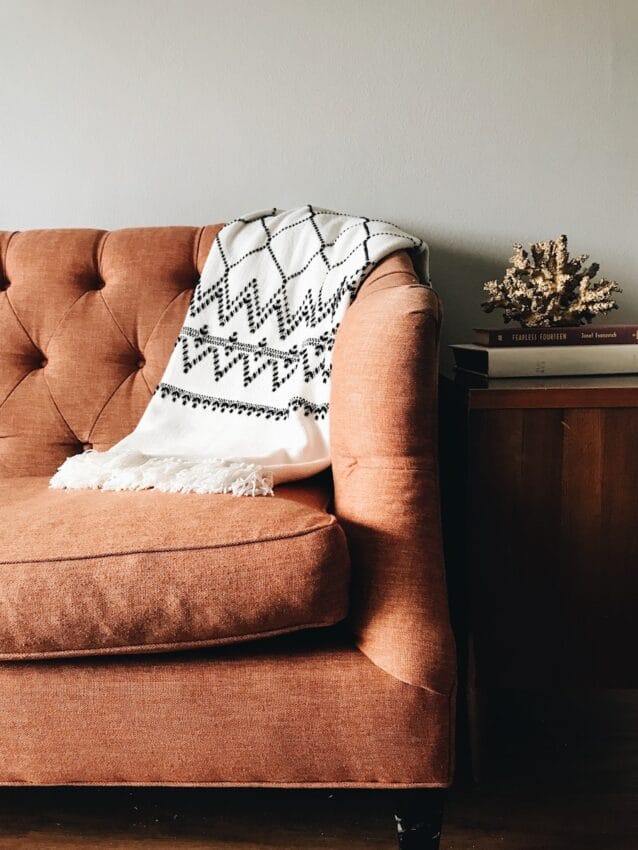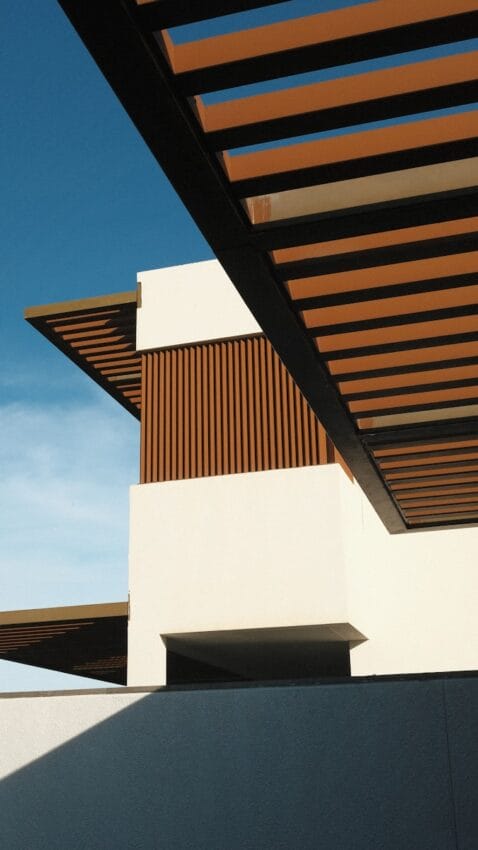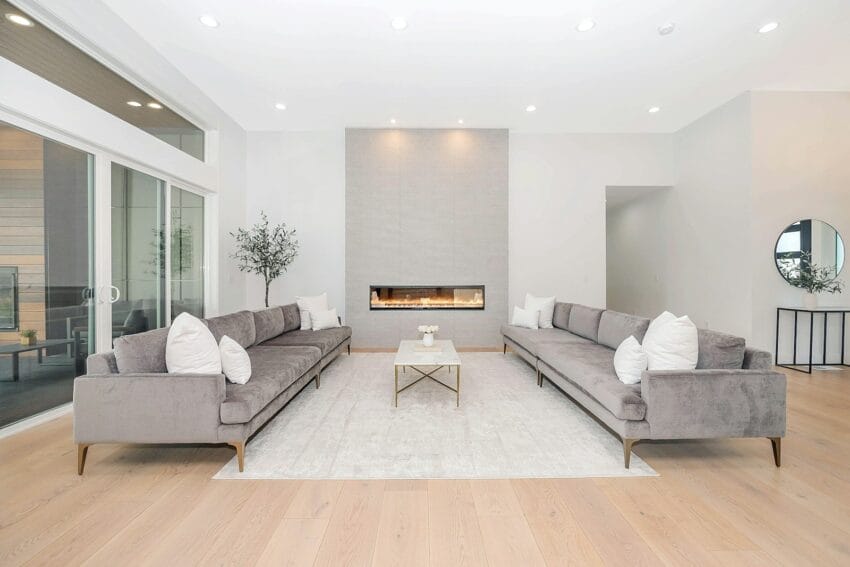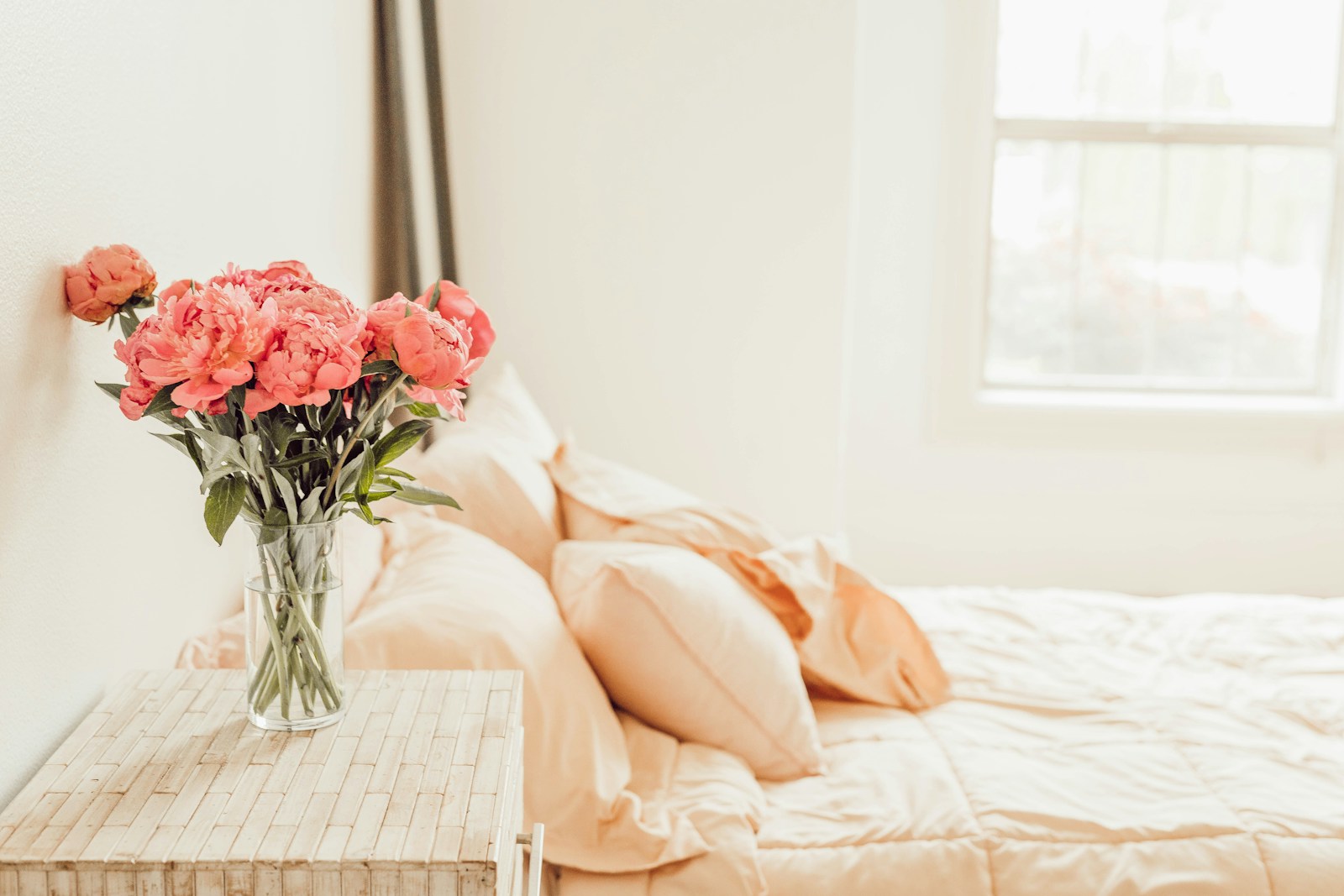When it comes to interior design, texture plays a pivotal role in transforming a house into a home. Colours and furniture are key players too, but the tactile quality of surfaces adds a layer of depth, warmth and character to your space.
Incorporating textures into your home involves a delicate balance of contrasting and complementing materials that create visual interest and evoke a sense of comfort. From soft fabrics to rough stones, the interplay of textures can elevate the ambience of any room. Creating a home that reflects your style and everyday living experience.
Understanding Texture
With interior design, texture refers to the surface quality of an object, which is judged by its visual and tactile characteristics.
Tactile texture is what you physically feel when you touch something. This can influence the feeling of comfort and cosiness in a space too.
Visual texture, on the other hand, is what you see when you look at a surface. It’s almost an illusion that can create depth and visual interest.
Textures can elicit emotional responses as well, allowing you to use them strategically to influence the mood of your space.
The Importance of Texture
With its ability to visually alter the perception of a room’s size, shape and atmosphere, texture is a crucial part in any space. It prevents a room from appearing boring and plain as it adds variety, making your space eye-catching.
You can combine textures with light and colours to create a spacious or snug environment. Certain textures can evoke a specific ambience; for example, wool blankets are warm and soft, creating an inviting and cosy environment.
Creating Balance with Textures
Contrast is key when it comes to interior design. Texture helps with that, allowing you to use a variety of materials and finishes for attention-grabbing juxtaposition.
For every smooth surface, you should have something a little coarse or plush and vice versa to balance your space out. This helps to keep your home interesting too!
However, it’s important to select textures that share a common colour palette or design style to keep your interior cohesive.
How to Incorporate Textures into Your Home
Experiment with layering different textures to create depth and dimension within your space. Don’t just stick with one material! Mix various cohesive textures together, finding the necessary balance, whilst creating unique results.
Cohesivity is important, but contrast is good too! Contrasting textures and fabrics will help you balance out your space. For example, you can mix different materials, but match them with the same colour palette. Keeping some semblance of consistency.
It’s important to consider the scale of textures in relation to the size of your room and the furniture used within it. Large-scale textures can create a cosy environment, while small-scale textures add a level of intricacy to your space.
Go Organic
Another way to incorporate texture into your home is through natural, organic materials. Think wood, stones and bamboo, etc. They can be rough and rugged for a rustic interior or polished to create a sleek and modern aesthetic.
Include organic accessories such as artisan ceramics, raw geodes and woven baskets to add small touches of texture. Don’t forget to include plants and flowers! These offer visual texture as well as life and vitality to your space.
Incorporating Texture into Your Foundation
You can incorporate texture into the architectural components of your home such as wall panelling, moulding and trimming. Adding a bit of flair to any room.
There’s plenty of opportunity to add depth to your walls too using paint techniques like sponge painting, stippling or rag rolling. You can install wallpaper with textured patterns too such as grasscloth, linen or faux brick.
Choose between wooden flooring with a distressed or hand-scraped finish and natural stone like slate or granite to add texture to your floors. These materials are elegant and full of character too. Take it a step further with parquet patterned flooring to fully infuse your home with visual and tactile textures.
Light plays a role with texture too. Smooth and shiny textures reflect more light, offering a modern look. Rough textures, on the other hand, reflect less light, creating a warm and rustic atmosphere.
Incorporating Texture into Your Furniture
There’s no shortage of fabrics and materials you can choose from for your furniture pieces. From marble tabletops and leather chairs to velvet sofas and rattan beds, you can include a variety of textures in your home.
Consider pieces with tufting, quilting or decorative stitching for added visual interest. Carved details and handcrafted elements further enhance the tactile experience too.
You can choose furniture pieces that combine dissimilar materials such as metal and wood, glass and stone or wicker and rattan. This visual contrast creates a positive and interesting effect throughout your space.
Incorporating Texture into Your Decoration
There are many ways that you can use decoration to enhance the texture of your home.
You can play around with vases, sculptures, mirrors and other ornaments, mixing textures together to create a purposeful arrangement of alternating styles. It’s important to be strategic about this; otherwise, you could have too many competing finishes leading to a lack of cohesivity.
Incorporating pillows, throws and rugs into your space is another textural strategy. The plush and soft nature allows you to hone in on tactility, whilst evoking a visual sense of comfort.
Conclusion
Texture contributes to the overall sensory experience of your home. It affects how you perceive your environment through visual and tactile means; sound and smell can be a factor in this experience too. Think candles and fireplaces; the smells and sounds mixing with the visual and tactile appeal.
The art of texture in interior design lies in the thoughtful choice and strategic arrangement of tactile elements. You want to enhance the sensory experience of your home. By incorporating and balancing a variety of textures, from soft fabrics to rugged surfaces, you can infuse your home with warmth, personality and style.
You can use textures to create your preferred aesthetic; whether that’s rustic, minimalistic or eclectic. There are endless opportunities for creativity and self-expression. Allowing you to craft a home that truly reflects who you are through your unique taste and personality.












